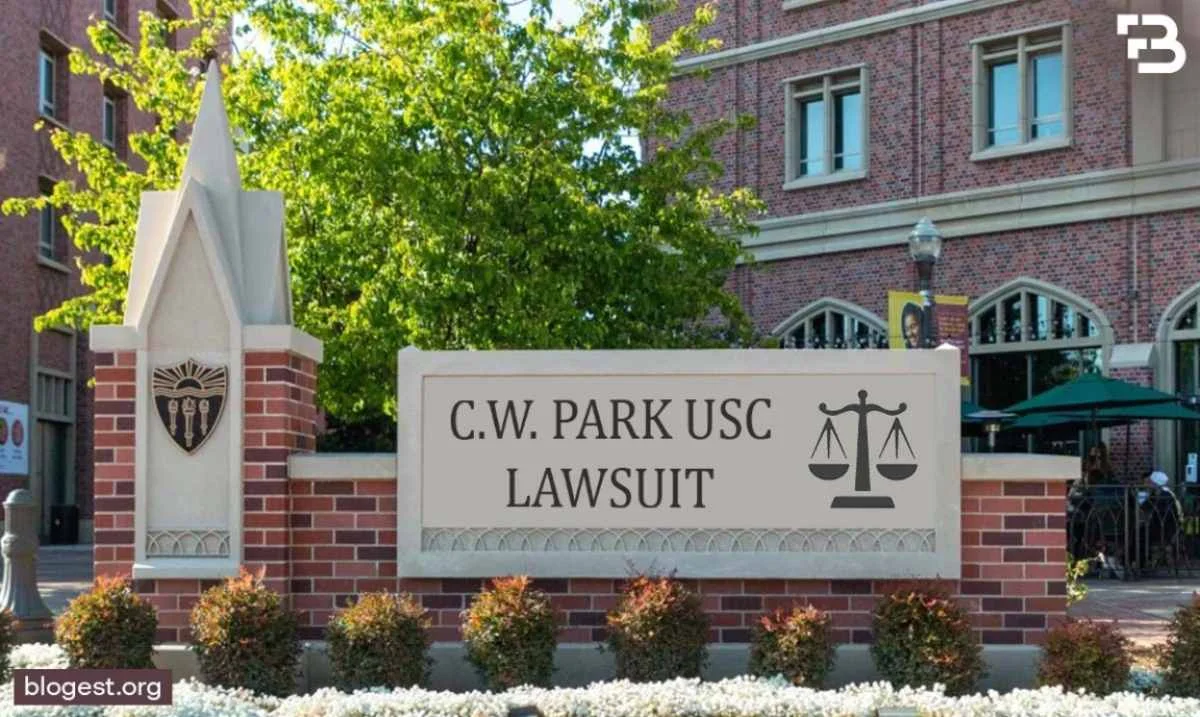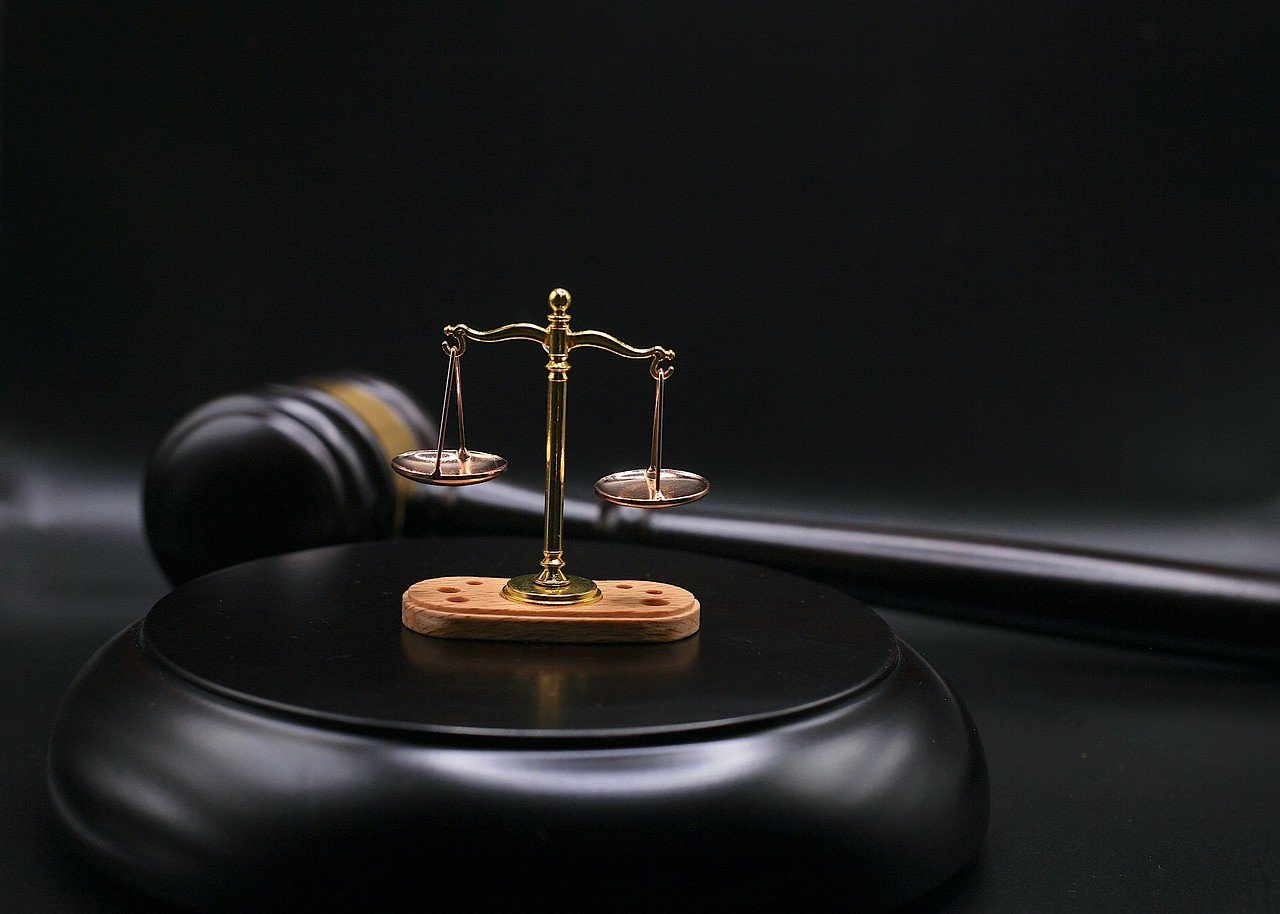Law
BlueFire Wilderness Lawsuit: What You Need to Know
Published
1 year agoon
By
Jack
The BlueFire Wilderness Lawsuit has garnered significant attention in recent months. As with any legal case, it is important to have a comprehensive understanding of the situation. In this article, we will delve into the details of the lawsuit, the allegations against BlueFire Wilderness, the legal proceedings, and the implications it has for wilderness therapy programs.
Table of Contents
ToggleUnderstanding the BlueFire Wilderness Lawsuit
The BlueFire Wilderness Lawsuit revolves around allegations of misconduct and negligence within the program. The case has brought to light numerous issues that have raised concerns among parents and the wider community.
As the lawsuit unfolds, it shines a spotlight on the importance of transparency and accountability in wilderness therapy programs. The allegations of mistreatment and abuse underscore the need for rigorous oversight and ethical practices to ensure the well-being of participants.
The Parties Involved in the Lawsuit
In this legal battle, the key participants are BlueFire Wilderness and the plaintiffs. BlueFire Wilderness is a well-known wilderness therapy program that aims to help troubled teenagers through outdoor experiences. The plaintiffs consist of former participants in the program who have filed the lawsuit, alleging mistreatment and other forms of abuse during their time at BlueFire Wilderness.

The involvement of former participants as plaintiffs in the lawsuit highlights the impact of their experiences at BlueFire Wilderness. Their decision to pursue legal action underscores the significance of addressing any potential misconduct and ensuring the safety and well-being of individuals in similar programs.
Timeline of the Lawsuit
The lawsuit against BlueFire Wilderness commenced on (Insert Date). Since then, several stages of legal proceedings have taken place. The involved parties have presented their arguments, submitted evidence, and witnesses have testified. The case remains ongoing, with a final resolution yet to be reached.
As the legal process continues, the timeline of events serves as a reminder of the complexities involved in such cases. Each stage of the lawsuit represents a step towards seeking justice and accountability for the alleged wrongdoing. The thorough examination of evidence and testimonies underscores the importance of a fair and comprehensive legal system in addressing grievances and upholding the principles of justice.
The Allegations Against BlueFire Wilderness
The allegations made against BlueFire Wilderness are alarming and require careful examination. The plaintiffs claim that they were subjected to various forms of mistreatment, including physical and emotional abuse, neglect, and inadequate supervision. These allegations have raised serious concerns about the overall safety and wellbeing of participants in the program.
BlueFire Wilderness, located in the rugged wilderness of Idaho, prides itself on offering a therapeutic outdoor program for struggling teens. Participants are immersed in nature, learning valuable skills and gaining personal insights. However, recent allegations have cast a shadow over the program’s reputation and mission.
Details of the Allegations
According to the plaintiffs, the mistreatment they endured at BlueFire Wilderness was both systematic and pervasive. They describe instances of physical violence, verbal abuse, and isolation as part of the program’s disciplinary practices. Furthermore, they allege that the staff failed to provide proper medical attention, resulting in unnecessary harm and endangerment.
These allegations have sparked a broader conversation about the regulation and oversight of wilderness therapy programs. Critics argue that the remote nature of these programs can sometimes lead to a lack of accountability and transparency. Advocates, on the other hand, emphasize the transformative potential of nature-based therapy when conducted ethically and responsibly.
While these allegations must be taken extremely seriously, it is essential to note that they are currently just that: allegations. The court is responsible for weighing the evidence and reaching a fair and impartial conclusion.
Impact on BlueFire Wilderness Operations
Since the lawsuit was filed, BlueFire Wilderness has faced significant scrutiny and a decline in public trust. With the allegations and subsequent media coverage, the program’s reputation has been tarnished. Many parents, prospective participants, and industry professionals have expressed concern about the safety and effectiveness of the program.
BlueFire Wilderness has responded by implementing new policies and procedures aimed at ensuring the safety and well-being of all participants. The program has committed to increased oversight, staff training, and transparency in an effort to regain the trust of the community and demonstrate its dedication to ethical practices.
Legal Proceedings and Outcomes
The legal proceedings in the BlueFire Wilderness Lawsuit have unfolded over several months, showcasing the complexities of such cases. The intricate web of legal arguments, testimonies, and evidentiary procedures has kept both legal experts and the public on the edge of their seats, eagerly anticipating each new development.
As the case progresses, the nuances of the legal system come to light, highlighting the importance of due process and fair representation for all parties involved. The meticulous attention to detail in presenting arguments and counterarguments underscores the gravity of the issues at hand and the significance of the court’s eventual ruling.
Court Decisions and Their Implications
Throughout the legal proceedings, the court has made several key decisions that have shaped the trajectory of the case. These decisions range from admissibility of evidence to requests for witnesses or expert testimony. Each ruling has an impact on the direction of the lawsuit, and the court’s determinations will ultimately shape the outcome.
Delving into the intricacies of legal precedent and statutory interpretation, the court meticulously analyzes each piece of evidence and legal argument presented before it. The weight of each decision reverberates through the courtroom, setting the stage for the next phase of the legal battle.
Settlement Details and Terms
As with many legal disputes, there is always the possibility of a settlement. In cases like the BlueFire Wilderness Lawsuit, reaching a settlement agreement can provide closure to all parties involved. However, the specifics of any potential settlement, including financial terms and additional provisions, remain confidential until a formal resolution is reached.
The prospect of a settlement looms large, offering a potential alternative to the protracted litigation process. Negotiations behind closed doors may hold the key to resolving the dispute amicably, sparing all parties involved the emotional and financial toll of a prolonged courtroom battle. The delicate dance of settlement discussions adds another layer of complexity to an already intricate legal saga.
The Aftermath of the Lawsuit
The outcome of the BlueFire Wilderness Lawsuit will have far-reaching consequences for the program and the industry as a whole.
Following the conclusion of the lawsuit, it is crucial to examine the broader implications of the case on the wilderness therapy industry. The legal proceedings and their aftermath have brought to light the need for increased oversight and regulation within such programs to safeguard the well-being of participants. This case has underscored the importance of transparency, accountability, and ethical practices in wilderness therapy settings to prevent similar incidents from occurring in the future.
Changes in BlueFire Wilderness Policies
In response to the allegations and the ongoing lawsuit, BlueFire Wilderness has been prompted to reevaluate and revise its policies and practices. This includes implementing stricter protocols for staff training, enhancing participant safety measures, and improving communication with parents and participants. These changes aim to restore confidence in the program and ensure that such allegations are never repeated in the future.
Furthermore, BlueFire Wilderness has committed to conducting regular internal audits and external reviews to ensure compliance with industry standards and best practices. By prioritizing transparency and accountability, the program seeks to rebuild trust with stakeholders and demonstrate its commitment to providing a safe and supportive environment for participants.
Public Reaction and Perception
The lawsuit against BlueFire Wilderness has sparked public debate and scrutiny regarding the ethics and efficacy of wilderness therapy programs. As news of the allegations spread, individuals and organizations involved in similar programs have faced increased scrutiny. This heightened attention serves to shed light on important questions regarding accountability and the duty of care owed to vulnerable participants.
Moreover, the public reaction to the lawsuit has prompted a broader conversation about the regulation of wilderness therapy programs and the need for standardized guidelines to protect the rights and well-being of participants. This case has underscored the importance of community awareness and involvement in monitoring and improving the quality of care provided by such programs. It is essential for stakeholders to work together to establish clear standards and protocols that prioritize the safety and welfare of individuals seeking help through wilderness therapy.
What This Means for Wilderness Therapy Programs
The BlueFire Wilderness Lawsuit and its aftermath will undoubtedly shape the future of wilderness therapy programs across the country.
Legal Precedents and Their Impact
The outcome of the lawsuit will set legal precedents that will guide future cases involving wilderness therapy programs. The court’s interpretation of the issues at hand and its final rulings may have wide-ranging implications for the industry as a whole, potentially leading to the implementation of stricter regulations and oversight.
Future of Wilderness Therapy Programs
Regardless of the outcome, the BlueFire Wilderness Lawsuit has brought attention to the need for ongoing evaluation and improvement of wilderness therapy programs. The allegations made against BlueFire Wilderness highlight the importance of participant safety, staff training, and ethical practices. It is crucial that such programs continue to evolve and prioritize the well-being of their participants, ensuring that they uphold the highest standards of care and accountability.
In conclusion, the BlueFire Wilderness Lawsuit serves as a stark reminder that vigilance and oversight are essential in the realm of wilderness therapy programs. As the case progresses, it is imperative that we remain attentive to the process and its outcomes, with the ultimate goal of enhancing participant safety and ensuring the responsible and ethical operation of such programs.
Author

